Technological Innovations in Renal Care
Technological advancements play a crucial role in shaping the Renal Medical Devices Service Market. Innovations such as portable dialysis machines and advanced monitoring systems are revolutionizing patient care. These technologies not only improve the efficiency of renal treatments but also enhance patient outcomes. For instance, the introduction of wearable devices that monitor kidney function in real-time is gaining traction. The market for these devices is projected to grow significantly, with estimates suggesting a compound annual growth rate (CAGR) of over 8% in the coming years. As healthcare providers increasingly adopt these technologies, the demand for renal medical devices is expected to surge, reflecting a shift towards more personalized and effective renal care solutions.
Increasing Prevalence of Kidney Diseases
The rising incidence of chronic kidney diseases (CKD) is a primary driver for the Renal Medical Devices Service Market. According to recent data, approximately 10% of the population is affected by some form of kidney disease, leading to a growing demand for renal medical devices. This trend is likely to continue as lifestyle factors such as obesity and diabetes contribute to the deterioration of kidney health. The increasing prevalence necessitates enhanced medical services and devices, thereby propelling the market forward. As healthcare systems adapt to this growing burden, investments in renal medical devices are expected to rise, further stimulating the market. The need for effective management and treatment options for kidney diseases underscores the importance of the renal medical devices service sector.
Rising Awareness and Education on Kidney Health
There is a growing awareness regarding kidney health, which is positively influencing the Renal Medical Devices Service Market. Educational campaigns and initiatives aimed at informing the public about kidney diseases and their prevention are becoming more prevalent. This increased awareness is likely to lead to earlier diagnosis and treatment, thereby driving demand for renal medical devices. Furthermore, healthcare providers are increasingly focusing on patient education as part of their service offerings. As patients become more informed about their health, they are more likely to seek out advanced renal care options. This trend is expected to contribute to the expansion of the renal medical devices market, as more individuals recognize the importance of proactive kidney health management.
Government Initiatives and Support for Renal Care
Government policies and initiatives aimed at improving renal care are significantly impacting the Renal Medical Devices Service Market. Many countries are implementing programs to enhance access to renal treatments and support research in kidney health. For example, funding for renal health initiatives is increasing, which is likely to facilitate the development and adoption of innovative renal medical devices. Additionally, regulatory bodies are streamlining approval processes for new technologies, encouraging manufacturers to invest in the renal medical device sector. This supportive environment is expected to foster growth in the market, as both public and private sectors collaborate to improve renal care services. The alignment of government efforts with market needs creates a favorable landscape for the renal medical devices industry.
Aging Population and Increased Healthcare Expenditure
The demographic shift towards an aging population is a significant driver for the Renal Medical Devices Service Market. Older adults are more susceptible to kidney-related ailments, leading to a higher demand for renal medical services and devices. As the population aged 65 and above continues to grow, healthcare expenditures are also on the rise. Reports indicate that healthcare spending for this demographic is projected to increase by 5% annually. This trend suggests that healthcare systems will need to allocate more resources towards renal care, thereby boosting the market for renal medical devices. The intersection of an aging population and rising healthcare costs creates a compelling case for investment in renal medical technologies.


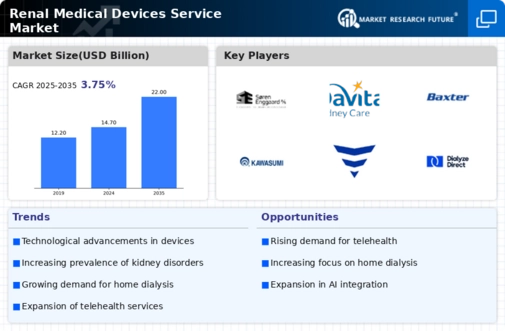
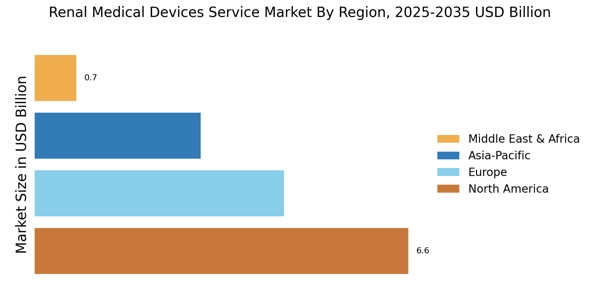
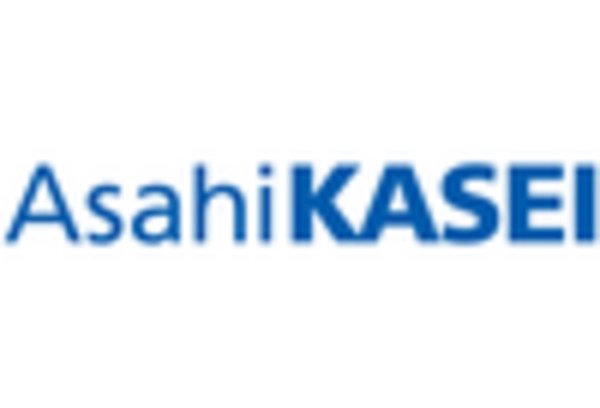

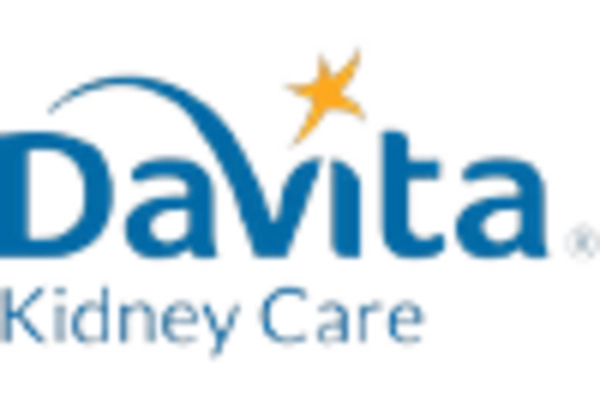
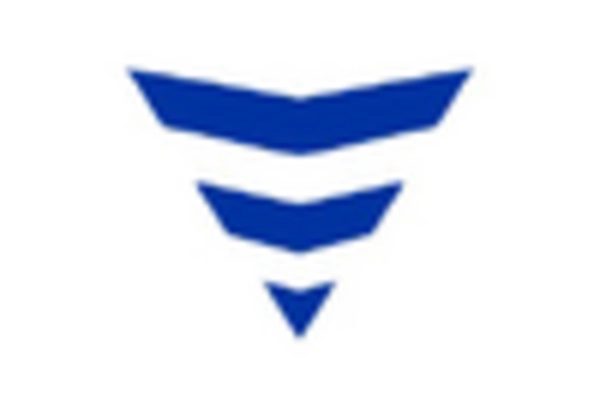










Leave a Comment